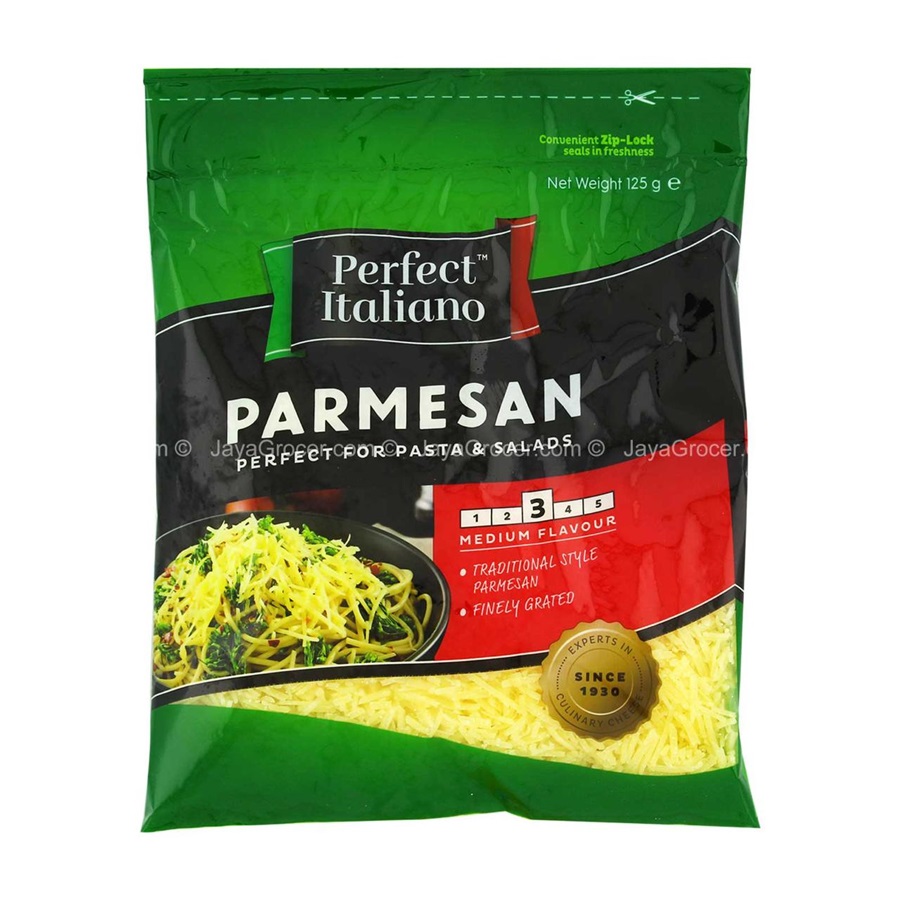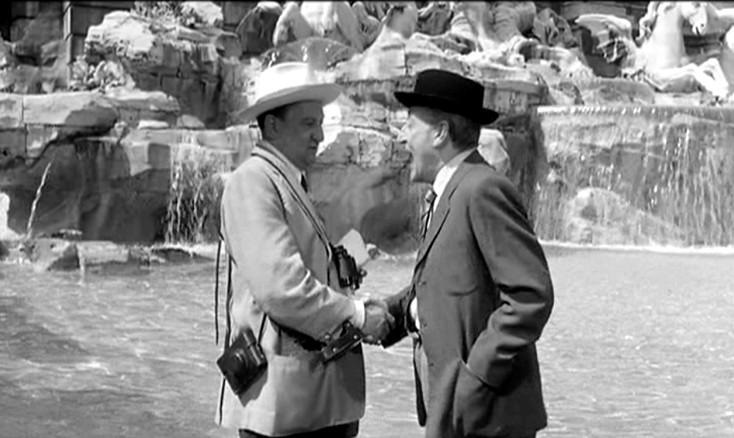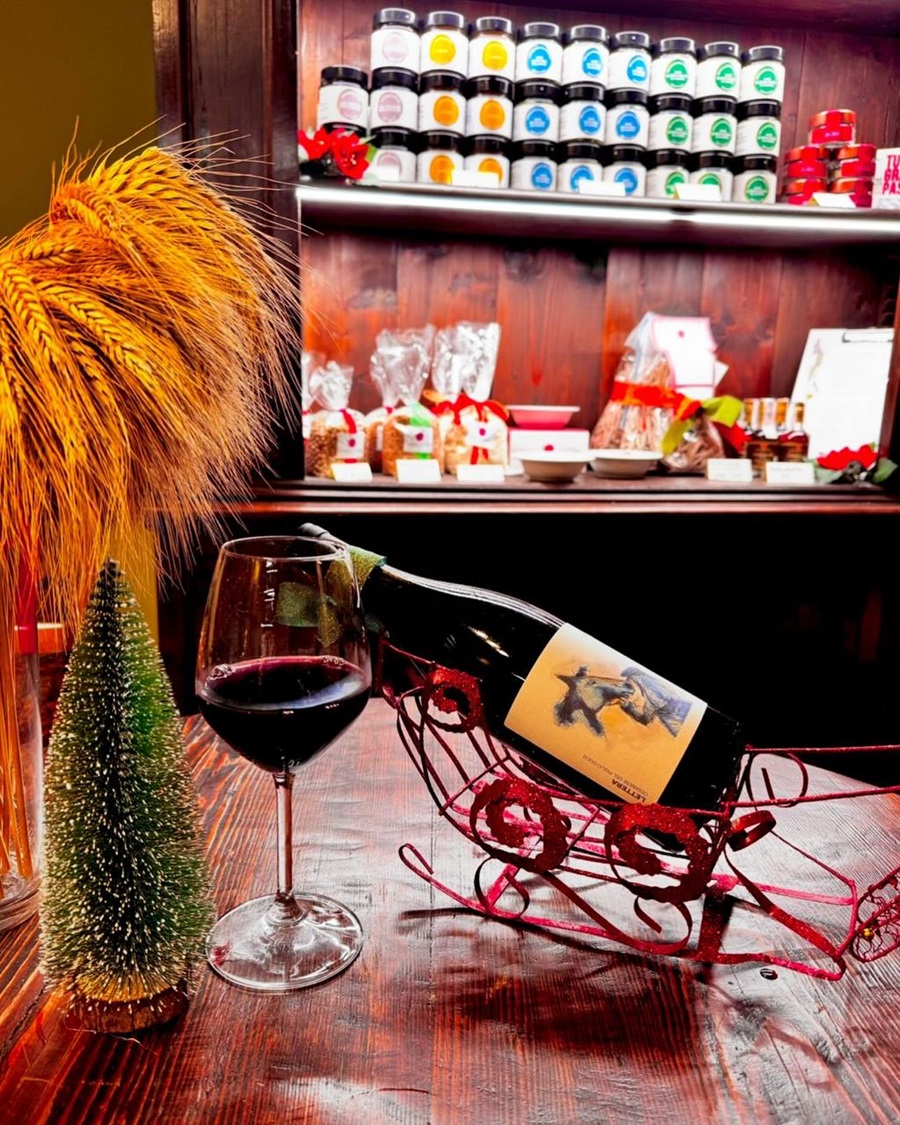
Years ago in Turkey, in front of the beautiful Roman theater Aspendos, near Antalya, there was a souvenir shop with an unexpected name: “real fake watches”.
There was no doubt about what was being sold in this shop (which was quite large, by the way) and it was only the tourist who had to decide whether to enter or not, leaving his money to the honest Turkish seller.
You can have different opinions about the situation, but not about the truth that was immediately shown from its sign. You could decide to buy a nice watch (knowing it was a fake) and then put it on your wrist hoping to impress others, or you could laugh and stay outside the shop knowing that you would never have bought some real branded watches far from the availability of our pockets.
And this is the most beautiful scam you can imagine. In broad daylight. Almost as beautiful as Totò trying to sell the Trevi Fountain to a picturesque American!
It must be said that sometimes the big fashion brands accept counterfeits because they know that these make them even more famous and shift the competition to the exclusivity of the services offered in the shops and clubs of the VIC – Very Important Clients.
Then there is the insidious scam. That of Italian sounding, of those products that are packaged in such a way as to appear Italian but are not at all. Like the colors of the Italian flag on cans of Romanian peeled tomatoes, the name Parmesan instead of Parmigiano or the name of some Italian saint as a brand of food packaging.

This is a real scam, and the Italian sounding market is worth almost as much as that of real Italian products, according to Coldiretti, and this damages both large and small companies, even if in different ways.
The large ones are obviously forced to lower their prices and to deal with poor quality products, but which accustom the consumer to flavors different from the original.
We recently took American guests to a buffalo mozzarella dairy in Anagni and let them taste the freshly made buffalo mozzarella. They had absolutely no idea what it really tasted like.
If big companies can use digital protection systems with blockchain, QR codes and more, big and small companies could benefit by following the example of big designers, giving greater value and making the purchasing experience prevail.
This means reversing the role of the consumer who from a passive subject becomes a protagonist of the purchasing experience by including visits to small producers in his trip. It means that every travel experience is increasingly connected to a unique taste experience and that producers can go even further to connect with their tourist customers.
The effects of tourism definitely go beyond the trip!










Follow us